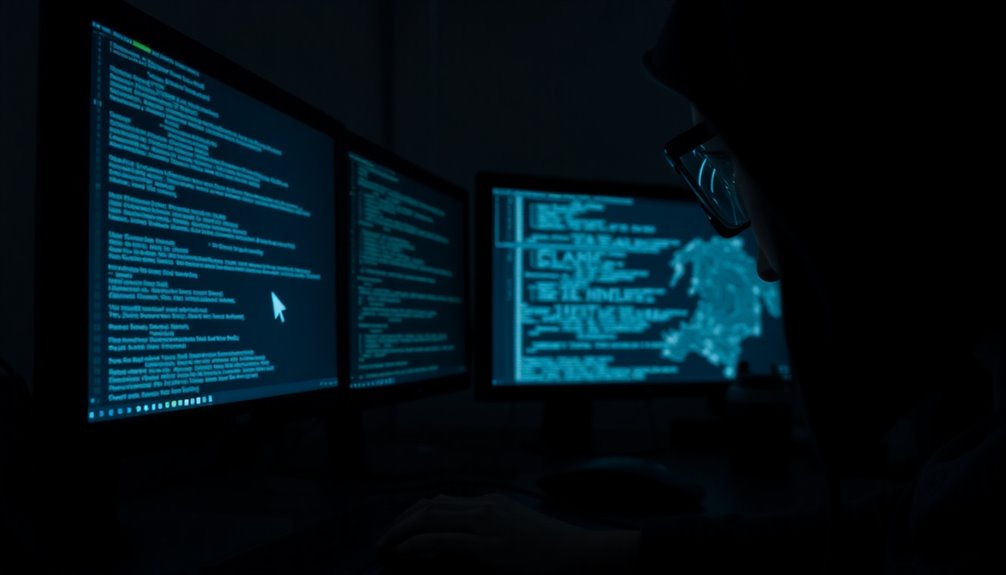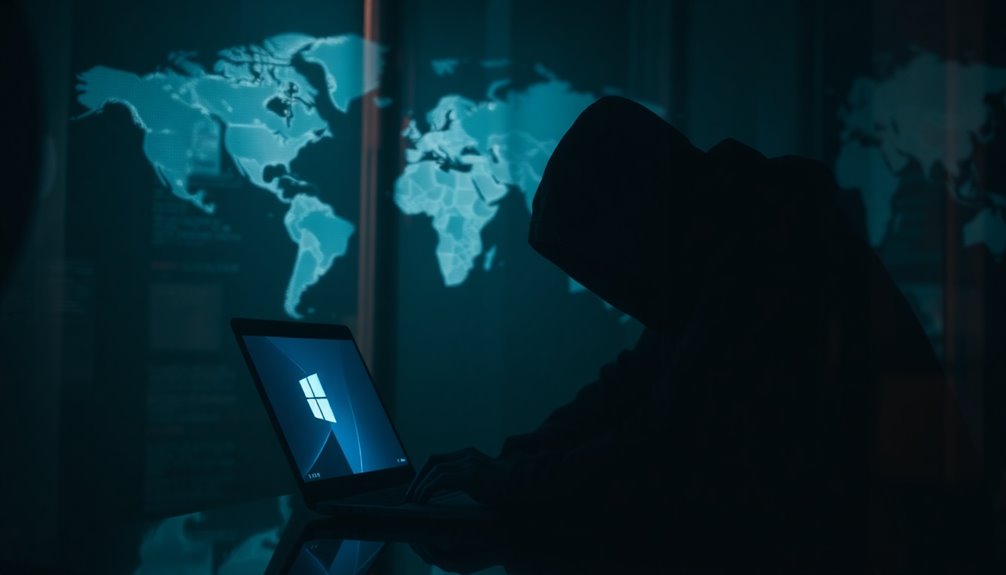
If you’re using a Windows system, be aware of a serious zero-day exploit lurking in shortcut files (.lnk) that could compromise your security. Discovered by Trend Micro’s Zero Day Initiative, this vulnerability allows attackers to execute arbitrary code by hiding malicious commands within shortcut files using whitespace characters. Despite being identified, Microsoft has classified this issue as low severity and currently has no immediate patch planned, which means your system remains at risk.
This exploit first came to light in 2017 and has since been used predominantly by at least 11 state-sponsored groups from countries like North Korea, Iran, Russia, and China. These groups have primarily focused their efforts on espionage and information theft, with some attacks driven by financial motivations. If you’re working in sectors like government, telecommunications, or finance, you might be especially vulnerable to these sophisticated attacks. Notably, 70% of identified malicious .LNK files are linked to state-sponsored attackers, highlighting the extensive reach of this threat. The ongoing developments in eSIM technology aim to strengthen security against such vulnerabilities.
What’s particularly concerning is how the exploit works. Windows’ user interface fails to display the hidden commands, making these files appear harmless. Some malicious files can reach sizes up to 70MB, further evading detection. Payloads like Lumma infostealer and Remcos RAT are often delivered through these shortcut files, putting sensitive data at risk. If you’re not vigilant, you could inadvertently execute harmful code simply by interacting with a seemingly innocuous shortcut.
These attacks have a global reach, affecting regions from North America to Australia. While North America has seen a significant number of victims, Europe and Asia aren’t far behind. Even South America and Australia have reported smaller but notable incidents. This coordination among state-sponsored groups amplifies the threat, making it crucial for you to be proactive in safeguarding your system.
To mitigate this risk, consider implementing comprehensive endpoint protection solutions and regularly scanning your network for suspicious activity. Educating yourself and your team about the dangers of .lnk files can also go a long way. Utilizing Enhanced Detection and Response tools and Windows Smart App Control will help you block malicious downloads effectively. Regular security training can mitigate risks associated with email threats, which often serve as vectors for such exploits.
In a landscape increasingly filled with cyber threats, it’s essential to stay informed and cautious. With the lack of urgency in addressing this vulnerability, your best defense against these zero-day exploits is to remain vigilant and take proactive measures to secure your Windows system. Don’t let complacency lead to a security breach; act now to protect your data and privacy.








